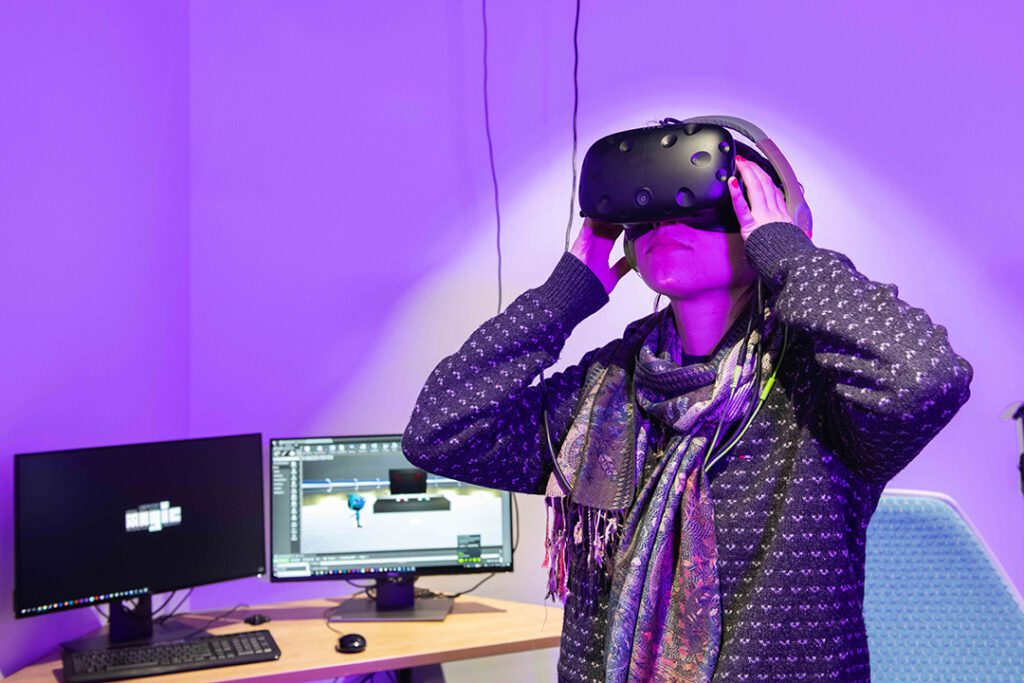Game development is the process of creating video games and involves a team of designers, programmers, artists, and writers who work together to bring an idea to life. The process includes pre-production, production, testing, and release. In pre-production, the team must come up with a concept for the game and create a game design document. In production, the team creates the game’s art assets, level design, programming, and audio engineering. Testing involves identifying and fixing any bugs or issues in the game. Finally, the game is released either physically or digitally, accompanied by a marketing campaign. Game development is a complex process that requires coordination and dedication from multiple teams.
Introduction
Video games are a popular form of entertainment that bring people from all over the world together. Behind every game, however, is an intricate process that takes years and a team of dedicated professionals to complete. This process is known as game development.
What is Game Development?
Game development is the process of creating video games. It involves a team of designers, programmers, artists, and writers who work together to bring an idea to life.
Pre-Production
Before any coding or design work starts, the team must come up with a concept for the game. This involves brainstorming sessions, market research, and discussions about the game’s story, art direction, and gameplay mechanics. Once a concept is settled on, a game design document is created to detail the game’s core features.
Production
The production phase is where the actual work on the game begins. This includes the creation of the game’s art assets, level design, programming, and audio engineering. These tasks are often divided among separate teams, each responsible for their own area of the game.
Art Assets
The art team is responsible for creating the game’s visual style. This includes character models, environments, and user interface design. They use a variety of software tools such as Photoshop, Maya, and ZBrush to create these assets.
Level Design
The level design team is responsible for designing the game’s levels. This includes determining the layout, enemy placement, and items available to the player. They use level editors provided by the game engine to design and build the game’s environments.
Programming
The programming team is responsible for writing the game’s code. They use programming languages like C++, Java or Python, and development tools to create the game’s mechanics, artificial intelligence, and physics simulation, among other things.
Audio Engineering
The audio engineering team is responsible for creating the game’s sound effects and music. They use a variety of software tools to create and mix tracks, and implement them into the game using audio middleware tools like FMOD and WWise.
Testing
Once the game is near completion, the team enters the testing phase. This involves identifying and fixing any bugs or issues in the game. Testing can be done in-house or by external game testing companies, and can take several months to complete.
Release
After the testing phase is complete, the final version of the game is packaged and released. The game can be released physically or digitally, depending on the platform. The release is often accompanied by a marketing campaign to promote the game, which can involve trailers, previews, and social media promotions.
Conclusion
Game development is a complex process that requires the coordination of multiple teams and software tools. Understanding this process allows us to appreciate the effort and dedication that goes into creating the games that we love.
